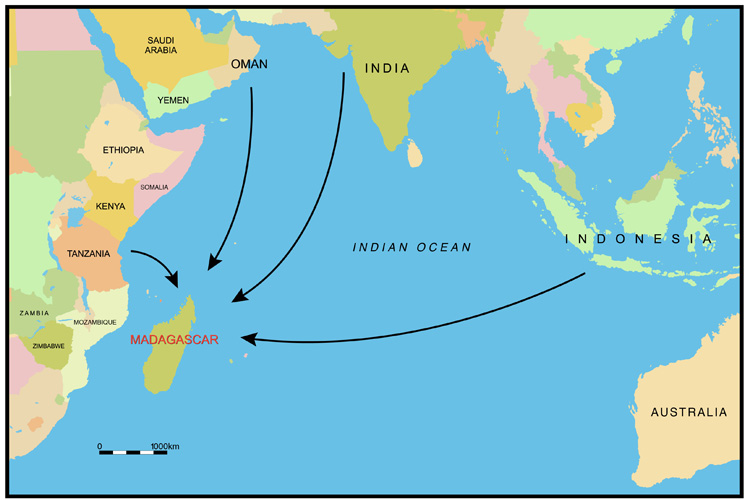Fossil teeth place humans in Asia '20,000 years early'
http://www.bbc.com/news/science-environment-34531861
http://www.bbc.com/news/science-environment-34531861
Fossil finds from China have shaken up the traditional narrative of humankind's dispersal from Africa.
Scientists working in Daoxian, south China, have discovered teeth belonging to modern humans that date to at least 80,000 years ago. This is 20,000 years earlier than the widely accepted "Out of Africa" migration that led to the successful peopling of the globe by our species.
Details of the work are outlined in the journal Nature.
Several lines of evidence - including genetics and archaeology - support a dispersal of our species from Africa 60,000 years ago. Early modern humans living in the horn of Africa are thought to have crossed the Red Sea via the Bab el Mandeb straits, taking advantage of low water levels. All non-African people alive today are thought to derive from this diaspora. Now, excavations at Fuyan Cave in Daoxian have unearthed a trove of 47 human teeth.
Some fossils of modern humans that predate the Out of Africa migration are already known, from the Skhul and Qafzeh caves in Israel. But these have been regarded as part of a failed early dispersal of modern humans who probably went extinct. However, the discovery of unequivocally modern fossils in China clouds the picture.
"Some researchers have proposed earlier dispersals in the past," said Dr Martinón-Torres. "We really have to understand the fate of this migration. We need to find out whether it failed and they went extinct or they really did contribute to later people. "Maybe we really are descendents of the dispersal 60,000 years ago - but we need to re-think our models. Maybe there was more than one Out of Africa migration."
Prof Chris Stringer, from London's Natural History Museum said the new study was "a game-changer" in the debate about the spread of modern humans."Many workers (often including me) have argued that the early dispersal of modern humans from Africa into the Levant recorded by the fossils from Skhul and Qafzeh at about 120,000 years ago was essentially a failed dispersal which went little or no further than Israel."
"However, the large sample of teeth from Daoxian seem unquestionably modern in their size and morphology, and they look to be well-dated by uranium-thorium methods to at least 80,000 years. At first sight this seems to be consistent with an early dispersal across southern Asia by a population resembling those known from Skhul and Qafzeh. "But the Daoxian fossils resemble recent human teeth much more than they look like those from Skhul and Qafzeh, which retain more primitive traits. So either there must have been rapid evolution of the dentitions of a Skhul-Qafzeh type population in Asia by about 80,000 years, or the Daoxian teeth represent a hitherto-unsuspected early and separate dispersal of more modern-looking humans."






